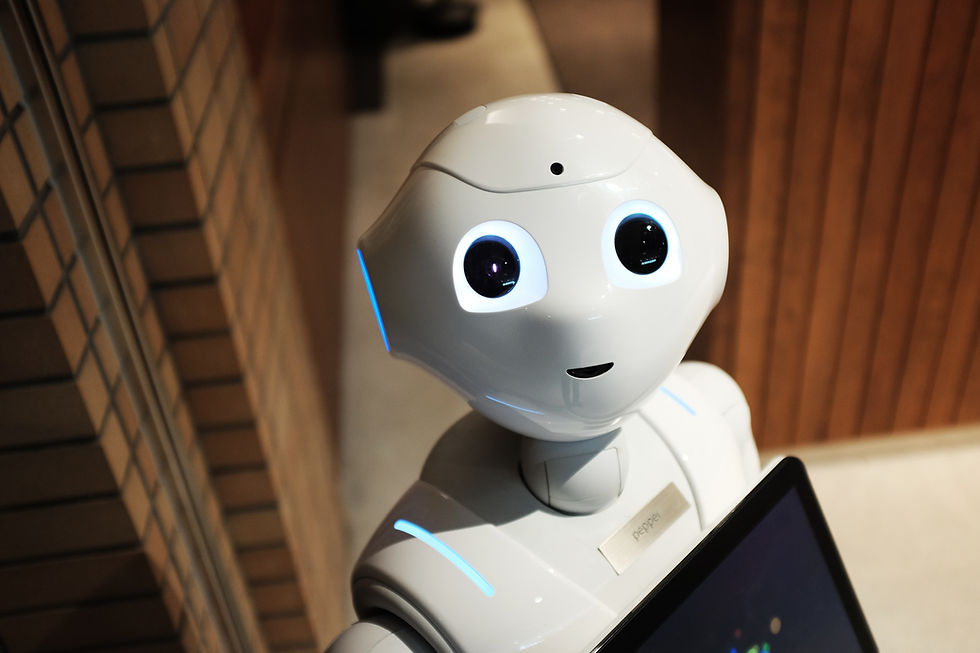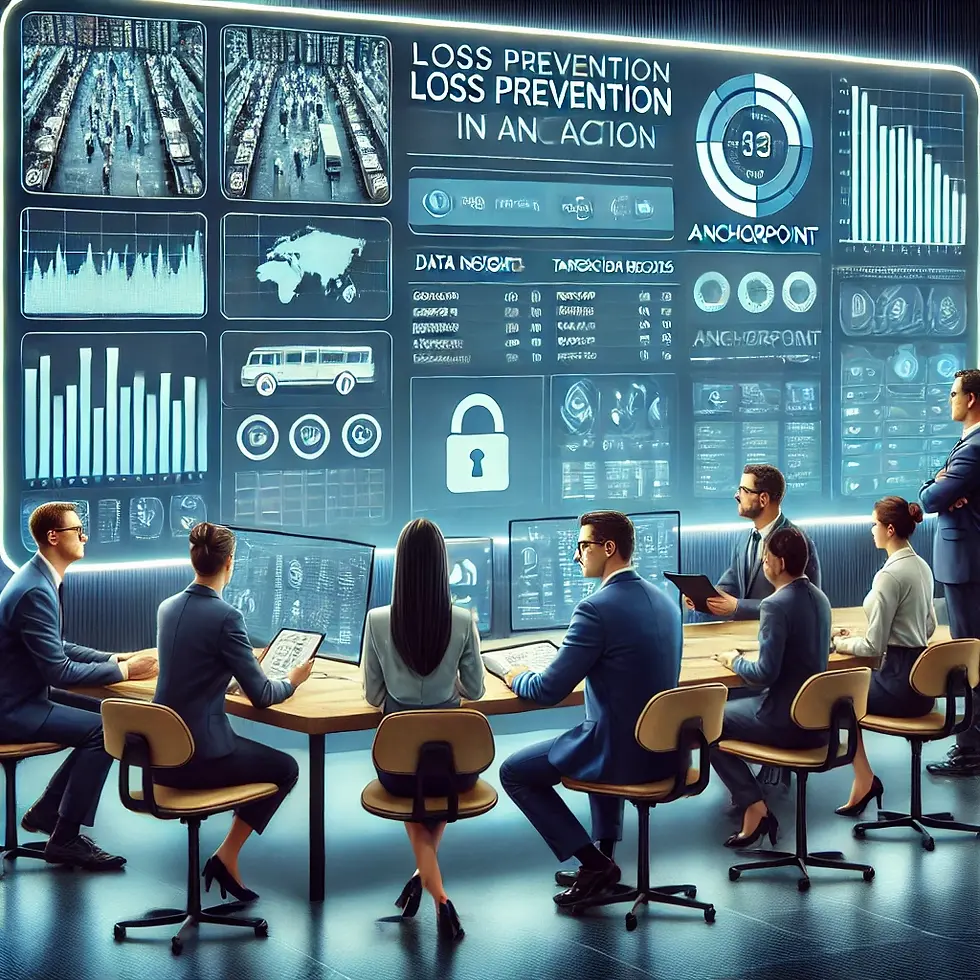Video Machine Learning vs. AI: What’s the Difference, and Why It Matters for Video Analytics
- Sep 21, 2024
- 4 min read
In the tech world, we love buzzwords—and "AI" and "machine learning" are two of the most popular, especially in the field of video analytics. But these terms, often used interchangeably, represent distinct technologies with unique capabilities. So, what’s the difference? And how does machine learning enhance video AI systems, especially when it comes to real-world applications? Let’s break it down.

1. The Basics: Machine Learning and AI—Partners, Not Twins
At a high level, artificial intelligence (AI) refers to machines’ ability to perform tasks that would normally require human intelligence. Think of AI as the overarching concept. AI can be as simple as a rules-based system that performs specific actions or as complex as a system capable of processing natural language or making decisions based on data.
Machine learning (ML), on the other hand, is a specific branch of AI. Rather than programming a machine to follow strict rules, ML allows systems to “learn” from data. Over time, ML algorithms adjust themselves based on patterns and trends, making them more accurate as they process more information. In video analytics, ML plays a vital role by analyzing visual data and continuously improving detection accuracy.
2. How Machine Learning Enhances Video Analytics
When we talk about video AI, we’re really talking about systems that leverage machine learning to improve video detection and understanding. Here’s how ML powers modern video analytics in a few key areas:
Object Detection: At the core of many video AI applications is the ability to identify objects within a scene—people, vehicles, animals, and more. ML enables systems to become more accurate at detecting these objects over time, learning from real-world conditions like lighting changes, angles, and overlapping objects.
Behavior Analysis: ML is also crucial for identifying and predicting behaviors. For example, ML-based video analytics can spot patterns like “loitering” near an entrance or a customer’s movement pattern through a store. AI analyzes these patterns for potential risks or business insights.
Event Recognition: By training on vast datasets, ML can help video systems recognize specific events, such as a crowd gathering, a vehicle parking, or even someone slipping. Event recognition is key for creating actionable insights in retail, security, and operations.
3. Training, Training, Training: ML Learns by Example
Machine learning is powerful, but it’s only as good as the data it’s trained on. To “teach” an ML model to recognize an object or behavior, it requires vast amounts of labeled video data. This data trains the system to recognize specific patterns and shapes, continually refining its ability to detect those patterns in new footage.
For example, let’s say we’re training an ML model to detect when shelves in a store are low on stock. This requires hours of video data showing what “full” shelves look like versus “almost empty” ones. Over time, the model learns to differentiate between these states, helping retail staff proactively replenish items.
4. Real-World Applications: AI and ML in Action
So where do AI and ML meet in real-world applications? Let’s look at a few areas where they’re making an impact in video analytics:
Security and Surveillance: ML models in AI-driven surveillance systems can identify suspicious behavior, detect unauthorized access, or even recognize license plates. These systems improve over time, becoming more accurate and reducing false alarms.
Retail Insights: Retailers use ML-powered video analytics to track foot traffic, understand customer movement, and monitor product engagement. By learning from trends in customer behavior, these systems can help optimize store layouts and improve customer experiences.
Industrial Safety: Video analytics with machine learning can detect when safety protocols aren’t followed in industrial settings. For instance, if a worker enters a restricted zone or doesn’t wear protective gear, the system can alert safety managers in real-time.
5. The Human Element: Why ML Still Needs Humans
While machine learning enhances video AI, it’s not a completely autonomous solution. Human oversight is still essential to ensure that ML models are learning accurately and adapting to changing environments. Data scientists, analysts, and subject matter experts all play a role in making sure ML models are trained effectively and don’t drift from their objectives.
Human review is particularly important in refining models to avoid bias. For instance, if a surveillance system is trained predominantly with footage from a single type of environment, it may perform poorly in different settings. Regular auditing of machine learning models helps maintain accuracy and fairness across diverse scenarios.
6. Looking Ahead: AI’s Evolution Through Machine Learning
As video AI continues to evolve, machine learning will remain its backbone, enhancing systems with greater accuracy, adaptability, and insight. Over the next few years, we can expect ML models to become even more precise in detecting subtle behaviors, identifying new types of objects, and reducing false positives. The true potential of video AI will be unlocked as machine learning algorithms grow in complexity and capability.
At AnchorPoint, we stay ahead of the latest advancements in machine learning and AI for video analytics. We’re here to guide you in implementing practical solutions that leverage the best of both worlds: AI that gets smarter over time through ML, and expert human insights to ensure these technologies deliver real value. Whether it’s optimizing customer experiences, enhancing security, or improving operational efficiency, machine learning and AI are transforming the way we see, understand, and act on video data.
Stay tuned—video analytics has only just begun to reveal what it can do!




Comments